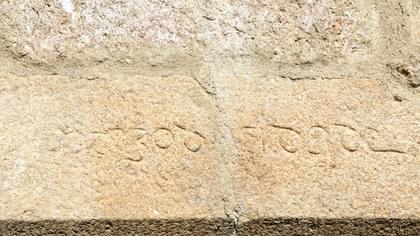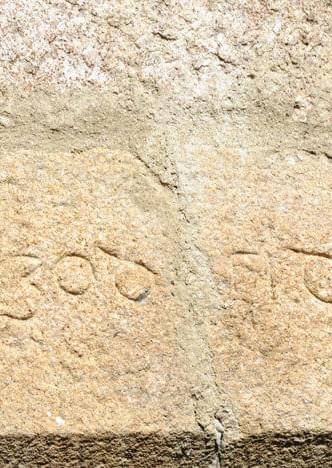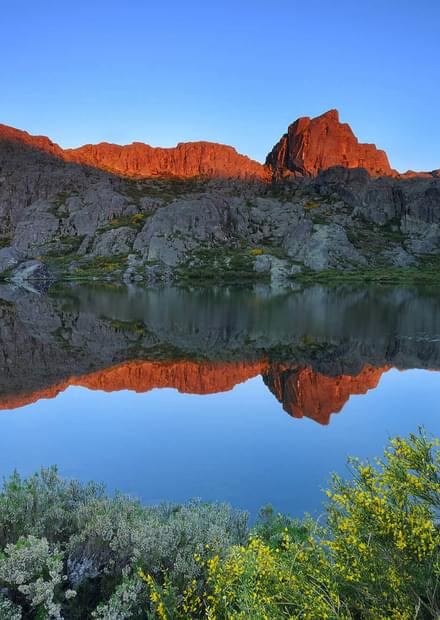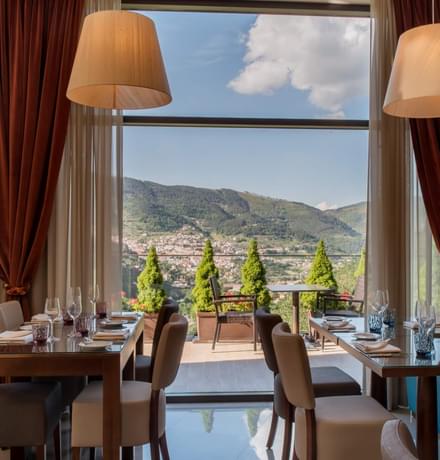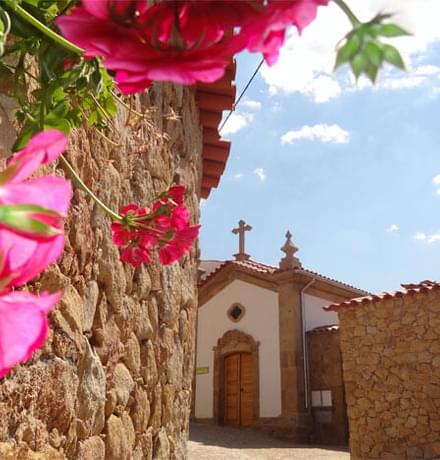Guarda

The highest city in Portugal, Guarda is inhabited by century-old buildings, outstanding historical landmarks and brilliant testimonies of a glorious History. A noble city made of granite and warm-hearted hospitality, embraced by the dazzling natural landscape of Serra da Estrela.
Founded in 1199 by King Dom Sancho I, Guarda is a true stronghold of a rich historical past, presenting several layers of History that include a fascinating Jewish legacy. This city played a major role in the defense line of the Portuguese border in the Middle Age and continues to be a charming city that holds a truly strong identity.
A "stone ship"
Rising majestically at the beautiful main square of Guarda historical center, Luís de Camões square, the construction of the Cathedral of Guarda, a "stone ship" in the words of renowned Portuguese philosopher Eduardo Lourenço, dates back to 1390. However, the construction works lasted over 150 years. It would only be completed in the beginning of the 16th century under the ruling of King Dom Manuel I.
The Cathedral of Guarda became one of the most emblematic in Portugal with a structure that creates a mixing between Gothic and Manueline styles. The imposing granite building stands out with its fortified shape, rising majestically towards heaven with its pinnacles and counterforts depicting refined Manueline decorative elements.
The interior of the Cathedral has a Gothic design. The monumental altarpiece of the head altar, carved in ançã stone by prestigious artist João de Ruão, is particularly striking. This piece portrays episodes of the life of Christ. Due to its building and aesthetic features, the Cathedral of Guarda is without any doubt one of the most important monuments in Portugal.
Jewish memories
The Jewish presence can be utterly felt in the city of Guarda. Actually, the Jewish quarter of Guarda is one of the most genuine corners of the medieval city.
Located within the city walls, the Old Jewish quarter still exists nowadays, very close to Porta D’El Rei. The Jewish community in Guarda was for a long period one of the country’s most important Jewish communities, and also one of the oldest.
There is evidence that it dates back to the 13th century, when King D. Dinis gave the Royal charter (“foro”) to the Jewish communities of S. Vicente parish. One of those families was housed in the synagogue. The Jewish quarter started near Porta d’El Rei, covering the churchyard of S. Vicente Church, in the border with the city wall and Rua Direita, which led to that entry. This was the new Jewish quarter, which was a continuation of the older, mentioned in the founding charter of 1199.
The historical centre of the city of Guarda retains even today traces of the old Jewish Quarter. The houses in the early days were low and single-storey. From the 14th century onwards the merchants’ houses had two doors: the door opened wider to the store and the closest to the upper deck where the residence stood.
The Inquisition and religious persecution misrepresented the traditional tolerance that Guarda, like other cities, lived in since the settlement. However, in the urban area that comprised the old Jewish Quarter and attached areas, inhabited by Jews, and later by New Christians, there are still marks of crosses in the doors – usually on the right side, the crosses were a symbol of the Christianization of the houses, but they are also the testimonies of the “mezuzah” that every Jew must touch with the right hand, while murmuring a prayer before entering the house.
The best view
Currently isolated and set at an altitude of 1056 m, the construction of the Keep, also known as Guarda Castle, dates back to the 13th century. The keep was integrated in a military and residential structure called the Alcáçova, which consisted in a fortified palace where the mayor and his family lived and which at the same time served as barracks for military garrison.
The keep offers the most stunning view of the city and the enchanting surrounding region.
Mondego walkways
Officially opened on November 6th, the Mondego Walkways represent a major investment in nature tourism, as well as a great asset of the whole territory of Guarda region. These stunning wooden walkways are placed at the heart of UNESCO Estrela Geopark.
The Mondego Walkways are 12 km-long along the Mondego River and its tributaries, including 3 suspension bridges across the most breath-taking natural landscapes and welcoming Mountain Villages.
Step by step, only one step away from Guarda.
How to get to Guarda
Articles about Guarda
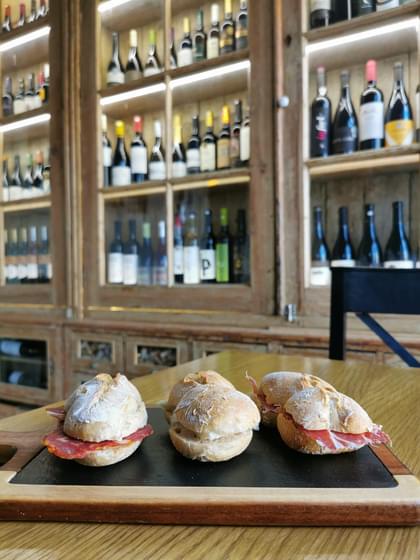
Eating in Guarda
